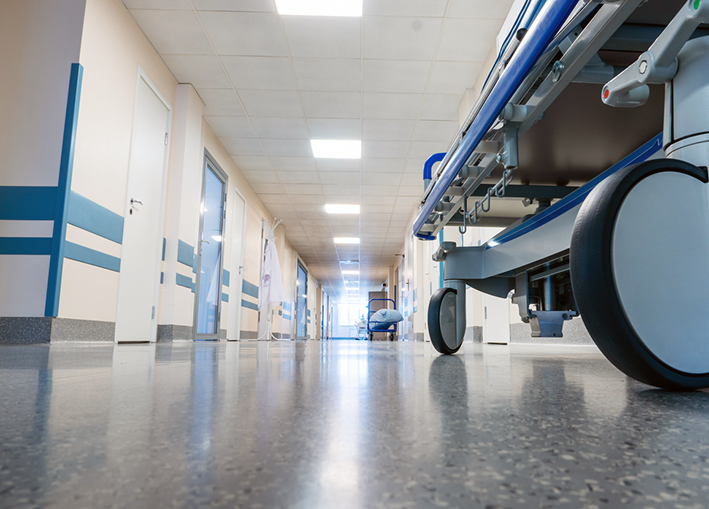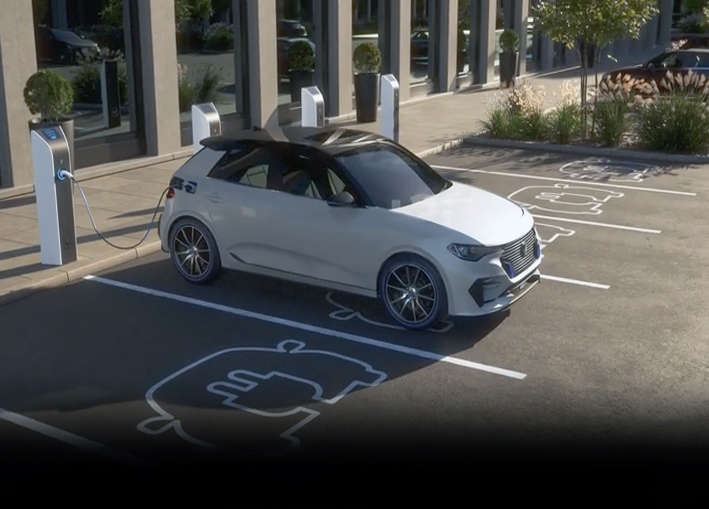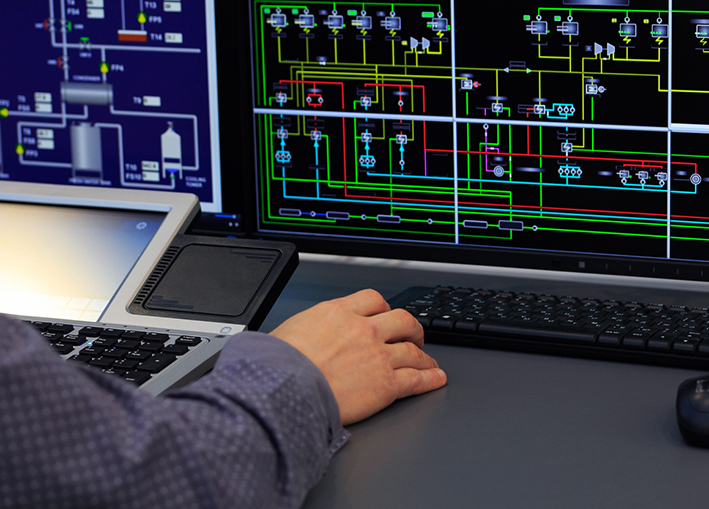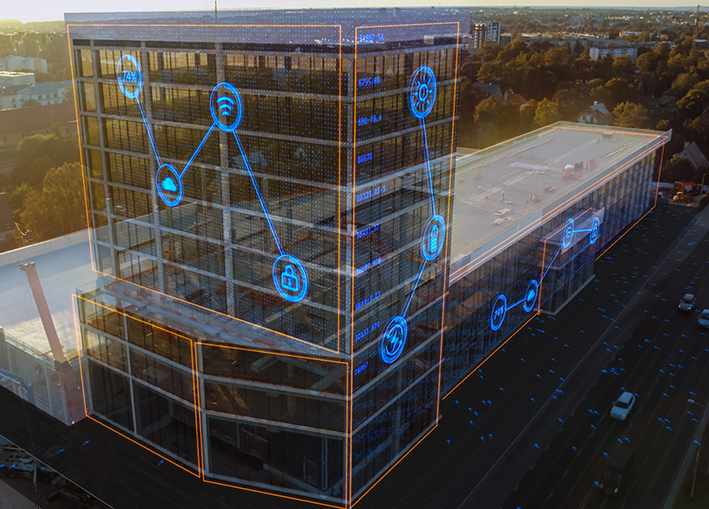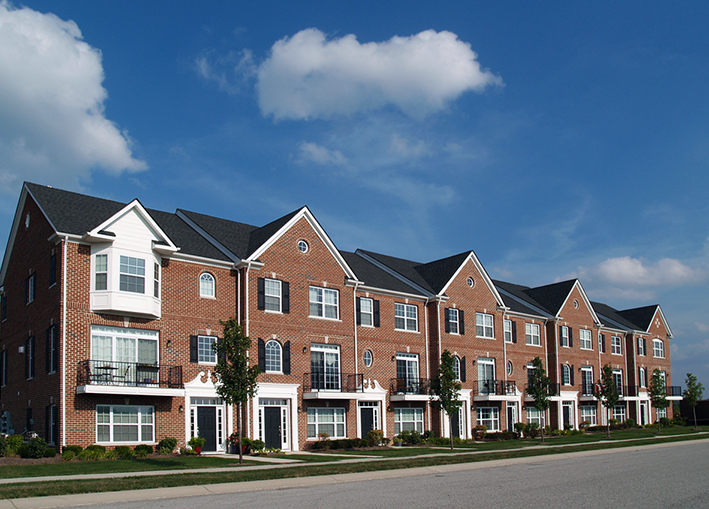Error-proof, dependable electrical systems are an essential part of modern healthcare. Hospitals, nursing homes, hospices, and long-term care (LTC) communities are bustling hubs of activity where critical equipment is being used around the clock. This means their ability to provide 24×7 care depends on electrical systems that run optimally, all the time.
At J&S Electrical Contractors, our team of commercial electricians understands the importance of fail-safe electrical wiring in multi-bed facilities. In this blog, we’ll explain the requirements for their electrical systems and the best practices to improve reliability.
Essential Electrical Systems in Healthcare Facilities
Within healthcare facilities, electrical systems are literal lifelines, ensuring patient safety and uninterrupted medical care. To emphasize just how important they are, these systems are named “essential systems” in the National Electrical Code (NEC). This term highlights their critical role in healthcare settings, where dependable service is vital for delivering top-notch care.
In multi-bed buildings, three essential branches are necessary to ensure uninterrupted operation:
- Life Safety Branch: This branch provides power for safe departures during emergencies, including lighting, exit signs, and fire alarm systems. It also covers elevator controls, generator set accessories, medical gas alarms, and communication systems.
- Critical Branch: This branch powers receptacles and lighting in patient care areas, ensuring that equipment operates smoothly. According to NEC 517.33(A)(9) task illumination, receptacles, and selected power circuits are essential for hospital operation.
- Equipment Branch: This branch supplies power to mechanical systems like diagnostic medical equipment, HVAC systems, and server room cooling.
- Pro Tip: Always check the NEC for the latest requirements and guidelines before wiring a multi-bed healthcare facility. As medical technologies advance, so do their requirements for safe electrical systems.
Best Practices for Electrical System Performance
Unlike typical residential or commercial properties, healthcare electrical systems demand constant attention in the form of planning and maintenance. To preserve the longevity of wiring in these settings, it is recommended to follow these best practices throughout their lifecycle:
- System Installation: You can enhance system reliability by considering potential hazards before installation. Protecting against environmental risks like flooding and windborne hazards is priority.
- Regular Inspection and Maintenance: Regularly inspect high-value electrical equipment to identify any environmental changes or equipment issues. Maintaining aging equipment is important for steady operations.
- Managing Vulnerabilities: Vulnerability assessments help identify and mitigate potential risks before they happen. This approach addresses hidden common-mode failures, improving overall reliability.
- Analyzing Performance Gaps: Performing a gap analysis can help locate areas where power systems may fall short. It is essential to note potential vulnerabilities, assess their impact, and develop action plans to address them.
- Pro Tip: Backup plans, such as multiple electrical utility feeds and automatic/manual switch arrangements, can mitigate the impact of service failures.
Trust J&S Electrical Contractors for Your Multi-Bed Facility Needs
For over two decades, J&S Electrical Contractors has been a trusted provider of robust electrical systems for businesses across all industries. Our expertise and commitment to reliability make our commercial services ideal for healthcare organizations looking to improve the operations of their multi-bed facilities.
J&S Electrical Contractors can design and install essential electrical systems for hospitals, nursing homes, hospices, and long-term care facilities. Call 215-633-8330 or contact us online to learn more about our services today!

